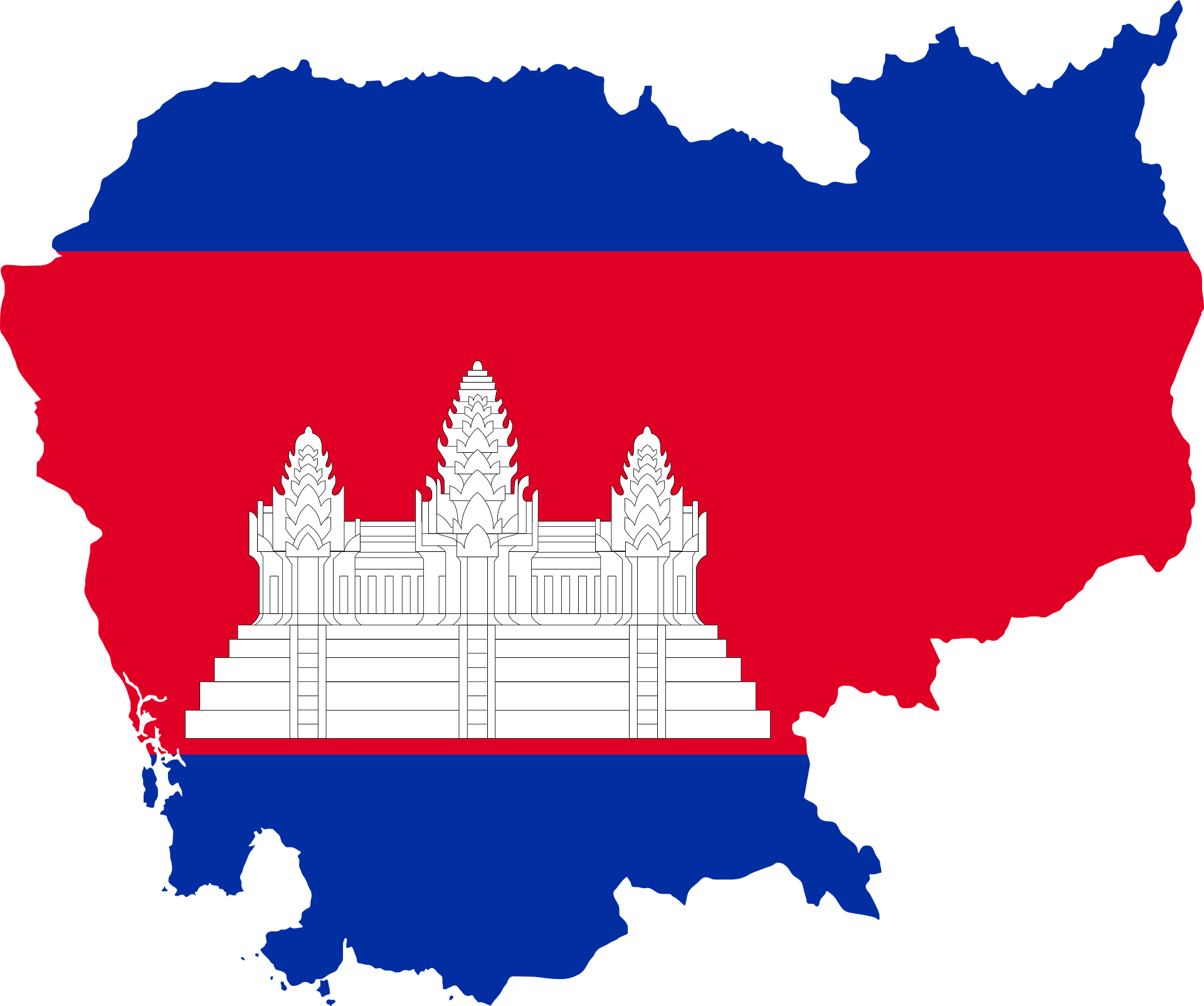Cambodia, a land brimming with ancient temples and vibrant culture, also boasts a culinary scene that’s as rich and diverse as its history. Beyond its iconic landmarks, the heart of Cambodia can be discovered through its food, each dish is a testament to the country’s traditions, heritage, and the fusion of flavors that have shaped its cuisine over centuries. In this journey, we’ll delve into the captivating world of Cambodian gastronomy, exploring traditional delights, modern twists, and the cultural significance that binds it all together.
1.Exploring Cambodia’s Culinary Heritage
Cambodia’s culinary heritage is a tapestry woven from its history and traditions. Influences from neighboring countries, such as Thailand and Vietnam, are evident, yet Cambodian cuisine retains its unique identity. With rice as a staple, dishes like “Amok”, a fragrant coconut milk-based curry, and “Lok Lak”, stir-fried marinated beef, offer a symphony of flavors that tell stories of local ingredients and cultural influences.
2.Traditional Treasures: Cambodian Delicacies
Cambodian food is a celebration of simplicity and balance. “Fish Amok,” a traditional fish curry steamed in banana leaves, perfectly exemplifies this philosophy. Freshwater fish, lemongrass, and galangal combine to create a harmonious blend of sweet, savory, and aromatic elements. Other staples like “Bai Sach Chrouk”, pork and rice, and “Nom Banh Chok”, rice noodles with fish gravy, offer comfort and familiarity cherished by locals.
3.From Past to Present: The Evolution of Cambodian Flavors
Cambodian cuisine’s evolution is a story of resilience. Amidst historical changes and foreign influences, it retained its essence. Colonial impact introduced ingredients like baguettes and coffee, adding new dimensions. Today, Cambodian dishes in upscale restaurants incorporate modern techniques while honoring traditional roots, creating a dynamic flavor spectrum that caters to diverse palates.
4.Street Food, Markets, and Culinary Adventures
To truly grasp Cambodia’s culinary spirit, one must venture into its vibrant street food scene and bustling markets. The aroma of grilling meats and the sizzle of stir-fries fill the air. From savory “Num Pang”, baguette sandwiches filled with delectable ingredients, to skewered delights like “Chive Cakes,” these humble offerings reflect the authentic tastes that resonate with locals and travelers alike.
5.Celebrations on a Plate: Festivals and Cambodian Food
Cambodian festivals and food are inseparable. During Khmer New Year, families gather to share “Kralan”, a sticky rice cake cooked in bamboo tubes, and “Prahok Ktiss”, a spicy dip made from fermented fish. These dishes embody cultural values, fostering togetherness and the preservation of traditions across generations.
6.Savoring Cambodia: Modern Twists and Sweet Endings
In the realm of modern Cambodian cuisine, chefs are reimagining traditional flavors with contemporary flair. Upscale eateries present dishes like “Green Mango Salad with Smoked Fish” and “Kep Crab with Kampot Pepper” that pay homage to Cambodian roots while appealing to evolving tastes. And to conclude on a sweet note, Cambodian desserts like “Num Korm”, sweet sticky rice cakes, offer a delightful finale.
Conclusion In Cambodia, food isn’t just sustenance; it’s an art that encapsulates history, culture, and community. Through its flavors, we uncover the tales of ancient kingdoms, colonial influences, and a people’s enduring spirit. Whether it’s savoring a traditional dish in a local market or relishing a contemporary creation in a fine dining establishment, every bite is an invitation to explore a country’s soul. So, as you embark on your culinary journey through Cambodia, remember that every dish carries within it a story waiting to be tasted and shared.
